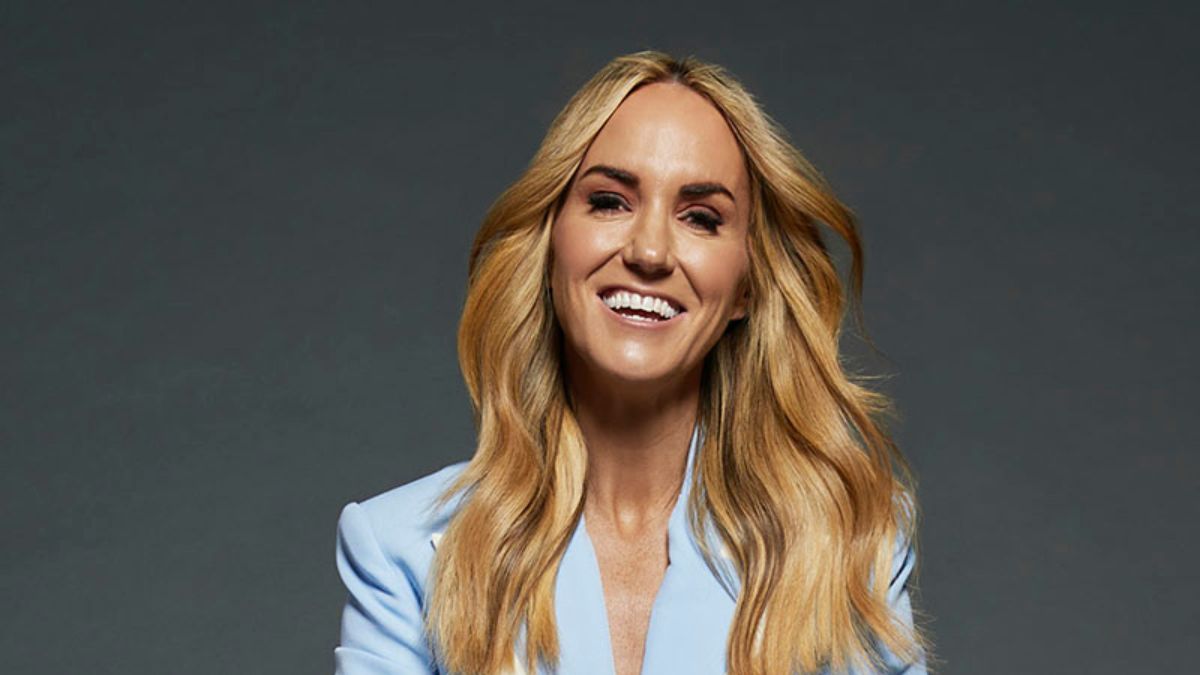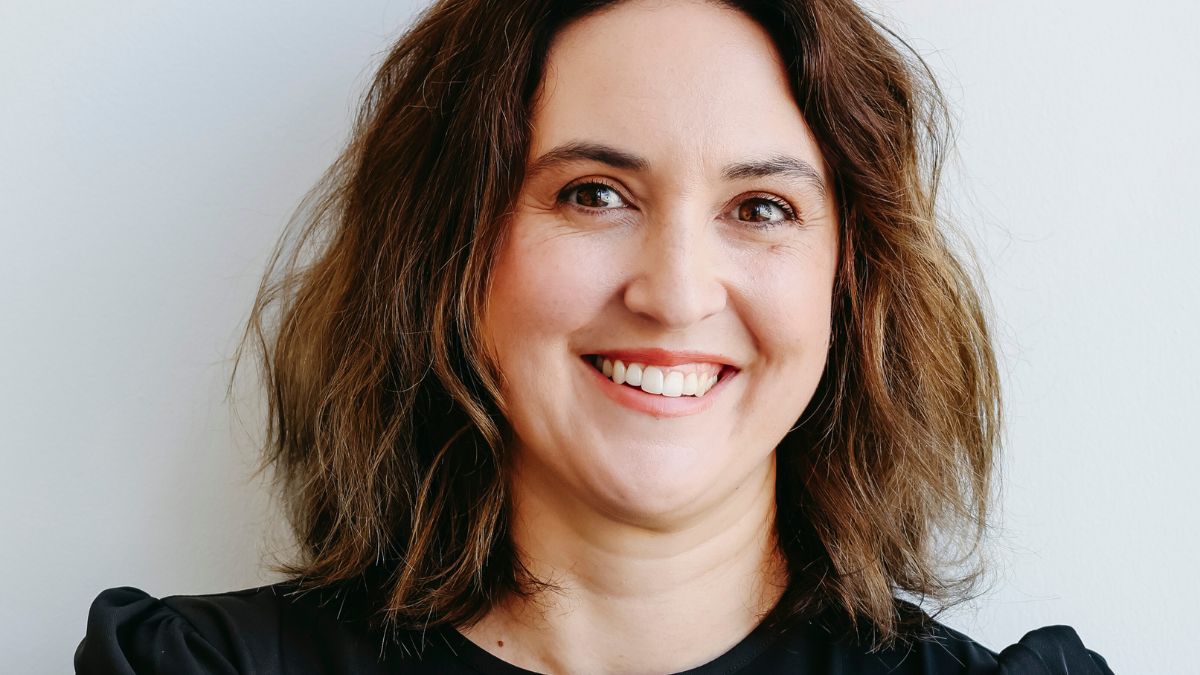Moving from Patent to Product
It’s one of the most exciting moments in the life of any inventor or entrepreneur. It’s the moment you move from a fleeting thought to something tangible and real. It’s the moment you hold in your hand a certificate, a patent, a design—official proof that your unique idea is, in fact, yours.
You have protected your idea. You’ve built the fence. But now you stand before an empty plot of land, and the real work begins. How do you take this protected concept and transform it into a thriving, profitable business? How do you gather support, validate your market, and take the right next steps without stumbling into the predictable traps that snare so many new founders?
This journey—from protected idea to proven product—was the very heart of a recent, very important conversation I had on my podcast with Chris. Chris is a passionate inventor who has successfully secured a design patent for his unique idea. He has done the hard work of protecting his concept, and now he is standing at that exciting and daunting crossroads, asking the question every founder in his position must ask: "Now what?"
Our conversation was a candid and strategic session. I challenged him on some of his thinking, we talked about what success truly looks like, and I helped him map out a clear, actionable path for his next steps.
This episode is a must-listen for anyone who has a business idea, whether it’s on a napkin or already patented.
Today, inspired by Chris's journey, I want to give you my definitive guide to taking your idea from a protected concept to a powerful commercial reality.
The Patent Paradox - Why Protection is Not the Same as Proof
The first and most important mindset shift a founder like Chris must make is to understand the "patent paradox." Securing a patent or design registration is a fantastic and necessary step. It shows foresight and professionalism. It creates a defensible moat around your intellectual property.
But here is the hard truth: A patent is not proof of a business. It is proof of a unique idea. It has zero commercial value until you can prove that someone is willing to pay money for the product that your patent protects.
I have seen countless founders in the Shark Tank and beyond who have spent a fortune on legal fees to protect an idea, only to discover that no one actually wanted to buy the end product. They built a beautiful, impenetrable fortress around an empty field.
Your patent is your shield; it is not your sword. Your next job is to get out into the market and find out if there's a battle worth fighting. This means moving immediately from a mindset of "protection" to a mindset of validation.
The Validation Gauntlet - How to Test Your Idea Without Revealing Your Secrets
"But Naomi," you might ask, "how can I test my idea in the market without giving away my secrets and letting someone steal it?" This is a valid fear, but it is one that can be managed with a smart, staged approach. You don't need to show everyone your full technical drawings to find out if they want what you're selling.
1. The "Problem" Interview (Not the "Solution" Pitch):
Your first step is not to talk about your brilliant solution. It is to talk about the problem your solution solves. Identify your ideal customer and go and have conversations with them.
- Do not show them your idea.
- Do not talk about your patent.
- Simply be a curious anthropologist. Ask them about the problem. "Tell me about the last time you experienced [the problem]." "How frustrating is that for you?" "What have you tried to use to solve it in the past?" "What did you like or dislike about those solutions?"
Your goal here is to validate the problem. Is it a real, painful, "hair-on-fire" problem that people are desperate to solve? Or is it a minor inconvenience they don't really care about? If you can't validate the problem, your solution is irrelevant.
2. The Concept Test (The "What If"):
Once you have validated the problem, you can move to concept testing. You still don't need to reveal the "secret sauce" of your design. You can describe the outcome of your product.
- Create a simple sell sheet, a landing page, or even just a paragraph of text that says, "What if there was a product that could [achieve X result] and solve [Y problem] for you? It would look something like this..." (using a simple, non-technical drawing or 3D render).
- Then, ask the most important question: "If this existed, what would you be willing to pay for it?"
This gives you invaluable feedback on both desire and price sensitivity without you having to give away your proprietary design.
3. The Pre-Order (The Ultimate Validation):
The final and most powerful form of validation is to ask for a real commitment in the form of a pre-order. This is where you put up a polished landing page with visuals of the product and a "Pre-Order Now" button.
This is the moment of truth. An opinion is easy to give. A credit card number is a statement of genuine intent. Getting even a handful of pre-orders is more powerful proof of concept than a thousand positive survey responses. It proves you have a real business, not just a good idea.
What Does Success Look Like? The Licensing vs. Venture Building Decision
This was a key area I challenged Chris on during our chat. When you have a protected piece of intellectual property (IP), you have two fundamental paths to commercialization. You must consciously choose which path you want to take, as they lead to very different destinations.
Path A: The Inventor (Licensing the IP)
On this path, your "business" is the IP itself. Your goal is not to build a large company that manufactures, markets, and sells the product. Your goal is to license your patent to an existing, established company that already has the manufacturing capabilities, the distribution channels, and the customer base.
- Your Role: You are an inventor and a deal-maker.
- Your Revenue: You receive a royalty (a percentage of sales) from the licensee.
- The Pros: This is a much lower-risk, lower-stress path. You don't have to worry about building a team, managing inventory, or raising capital.
- The Cons: You give up a significant portion of the potential financial upside and have less control over the brand and marketing.
Path B: The Entrepreneur (Building the Venture)
On this path, your IP is just the starting asset for building a full-fledged company. You are committing to building the entire infrastructure to bring the product to market yourself.
- Your Role: You are a founder and a CEO.
- Your Revenue: You capture the full profit margin from every sale.
- The Pros: The potential for financial reward and market impact is exponentially higher. You have complete control over your vision.
- The Cons: This path is infinitely harder, riskier, and requires a huge amount of capital, time, and personal resilience. You will have to build a team, manage operations, and become an expert in marketing and sales.
There is no "right" or "wrong" answer here. But you must be honest with yourself about what you truly want. Do you want the life of an inventor, or the life of a CEO? A great idea is not enough. You must choose the business model that aligns with your personal strengths, your risk tolerance, and the life you want to lead.
An Episode for Every Aspiring Inventor and Founder
Our full conversation on the podcast is a real-time strategy session that walks through these critical decision points. It's a candid look at how to take a great idea and start building a smart, strategic, and validated plan around it. If you have an idea scribbled on a napkin, a prototype in your garage, or a newly granted patent in your hand, this episode is your essential next step.
Your Idea is a Starting Line, Not a Finish Line
Securing a patent for your idea is an incredible achievement. It is a moment to be celebrated. But it is the starting line of a long and challenging marathon, not the finish line.
The success that follows will not be determined by the strength of your patent, but by the strength of your strategy. It will be determined by your courage to get out and validate your idea in the real world, your clarity in choosing the right business model for your life, and your resilience in navigating the thousand small steps that come next.
Protecting your idea is smart. Proving it has value is what makes you an entrepreneur.
What is one step you can take this week to move your own idea from a protected concept to a validated product?






